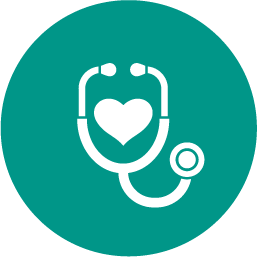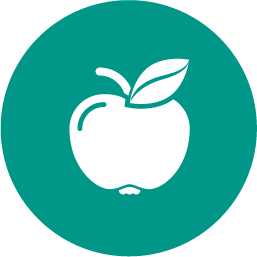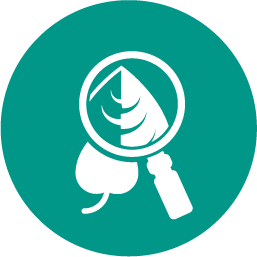
Biology, 20.09.2020 06:01 isaacbrown7one
PROJECT: CULTURAL EXCHANGE OBJECTIVES Use books written about early river-valley civilization to find new information. Understand and differentiate history works. This unit has been all about the beginnings of civilization. You have learned a lot about where people came from and how things like migration and rice impacted the development of societies. It can sometimes be difficult to sort out which people moved where, who developed what, and how they all communicated, traded and developed into full-fledged civilizations. With all of these details about things so ancient, it is both difficult and important to keep them in order. There are a lot of ways for people to learn information. Some people learn information by making up songs, others write lists or make up acronyms or other learning devices. One of the easiest ways to get information sorted out is by making a graphic analyzer. Click here for an organizer you can use; or, create your own version. Before You Begin Before you begin the project, look closely at the directions and prompt to determine what information you have been asked to find. You may want to make a checklist that includes the subject, a list of requirements, and any open-ended questions that the prompt expects you to answer. Plan plenty of time for your research. When you start your investigation, think through the resources you want to use. Books, historical journals, and reliable Internet sources may be most helpful for historical information. You never know which source you may need more information from when you start writing, so keep track of each source, even if you don’t use it much in the beginning. As you research, write down the major details, using your graphic organizer to collect your notes. Not everything may make it into your essay, but it is better to have extra information to edit out, rather than not enough. Keep your notes clear. Also, pay close attention to the word choices from the selected texts used to discuss each civilization. Try to discover at least five to 10 words that may be unique to both the study of history and the study of your selected civilizations, and note those on your organizer. Use a dictionary or encyclopedia to define the words, as needed. As you write notes, use your own words. Copying verbatim can lead to plagiarism, even if you don’t mean plagiarize. If you do like a quote from a source, put it in quotes in your notes, and note the source title, author, and page number so you can both accurately cite it in your paper and come back to it if you want more information. You should use the APA Style Guide to help you correctly format your citations, which you can view by clicking here. Once you have finished with your notes, read through them all, and see what stands out to you. What seem to be the most important aspects of these early river-valley civilizations? What seems to be the most important legacy they leave behind? Are there any similarities or gaping differences? Directions In this project, you will select four early river civilizations, from the following list: Mycenaean, Chinese, Mesopotamian, Egyptian, and the Indus Valley. Make a graphic analyzer for each civilization, and use it to chart the different characteristics of each. Analysis helps to sort out not only what aspects belonged to which culture, but also what aspects of a single culture led to something else. For example, one civilization might be settled between two rivers. This might have led to the cultivation of rice as well an advanced river culture. This, then, may have led to a robust boating and trading culture up and down the two rivers, which later brought the civilization wealth and, consequently, the need to militarize to protect its wealth from invaders. Each of these characteristics would be in connected boxes on the graphic, to show which led to which. Once you have completed the organizer, use it to make a short presentation on the basic characteristics of the four cultures that you’ve chosen, comparing the similarities and differences. Your primary sources for this project will be books. Try to find at least two different books for each civilization. As you put the information into the graphic organizer, note which information came from which book, perhaps using different colors for each book and highlighting or marking the text. Sometimes, two books will have the same information; sometimes there will be different information. In your oral presentation, discuss which books you found more reliable or informative and which you would recommend to others for further research. Use and make note of the new vocabulary you found in the books for your oral presentation. Be prepared to explain the new vocabulary to your audience. Also, consider discussing which of the books you used was the most helpful in your research, and why.

Answers: 2


Another question on Biology

Biology, 21.06.2019 16:30
25) a student takes four samples of a white crystalline solid and places each in a well plate. on top of each sample, she carefully places 20 drops of clear mystery liquids a, b, c and d. her results for each well are: liquid a: the solid dissolves quickly. liquid b: the solid appears unchanged. liquid c: a brownish colored liquid is produced. liquid d: fizzing occurs and the well becomes warmer. in which well does a physical change occur?
Answers: 3

Biology, 21.06.2019 20:00
With the description of the different cell walls, membranes, and associated proteins set in the students' minds, you now need to introduce them to the idea that the cell wall can also act as a foundation to build things upon. bacterial appendages require a strong foundation that will offer the support needed to move and function in a dynamic world. for example, flagella are long, whiplike protein structures that are used by many gram-positive and gram-negative bacteria for locomotion. in order to function effectively, a flagellum must be firmly anchored to the cell wall. how will you be able to get across the idea that the peptidoglycan cell wall is strong enough to support such a mechanism? with a protein rod that passes through the cell wall and protein rings used to anchor it in the membranes, these basal bodies are the rudimentary biological motors that use atp power to spin the hook and the flagella attached to it. bacterial flagella have a biological motor that spins within the cell wall and is powered by atp. this allows the flagella to spin in a whiplike motion to propel the bacterium.
Answers: 3

Biology, 22.06.2019 05:30
Which gas found in the earth's atmosphere greatly impacts the daily range of temperature on earth. a) oxygen b) hydrogen c) nitrogen d) water vapor
Answers: 1

Biology, 22.06.2019 06:40
Which term describes a normal value for something in the body? a.homeostasis b.set point c.feedback loop d.integration center
Answers: 1
You know the right answer?
PROJECT: CULTURAL EXCHANGE OBJECTIVES Use books written about early river-valley civilization to fin...
Questions

History, 20.07.2021 21:50
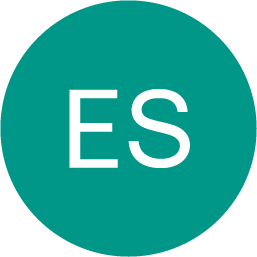

Biology, 20.07.2021 21:50

Business, 20.07.2021 21:50

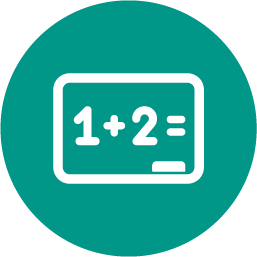
Mathematics, 20.07.2021 21:50




History, 20.07.2021 21:50

Mathematics, 20.07.2021 21:50


Mathematics, 20.07.2021 21:50
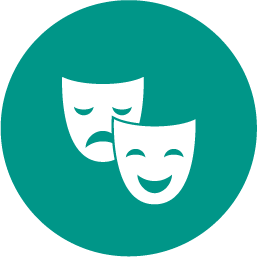
Arts, 20.07.2021 21:50

History, 20.07.2021 21:50

Mathematics, 20.07.2021 21:50

History, 20.07.2021 21:50
